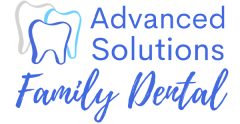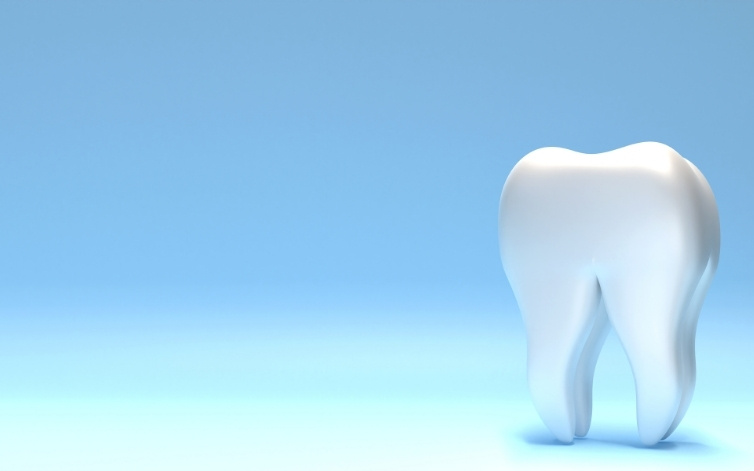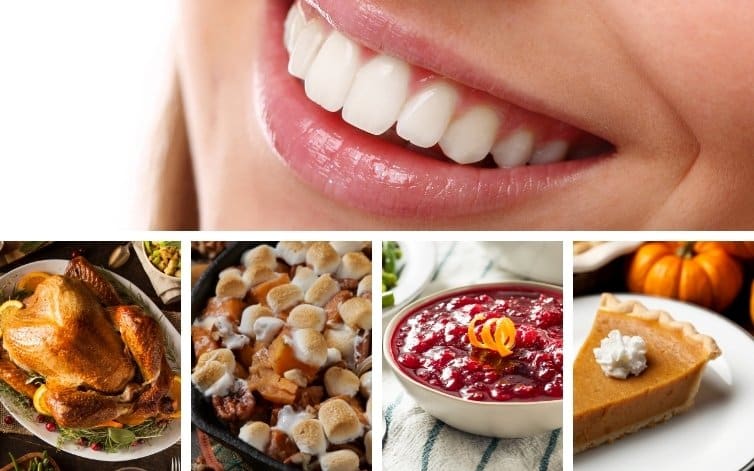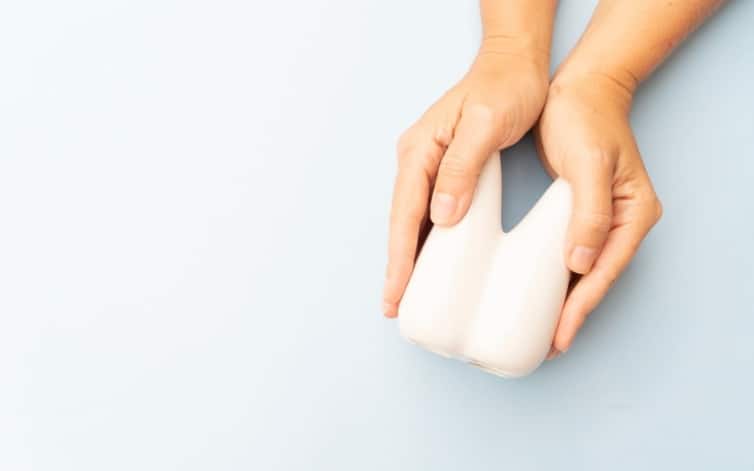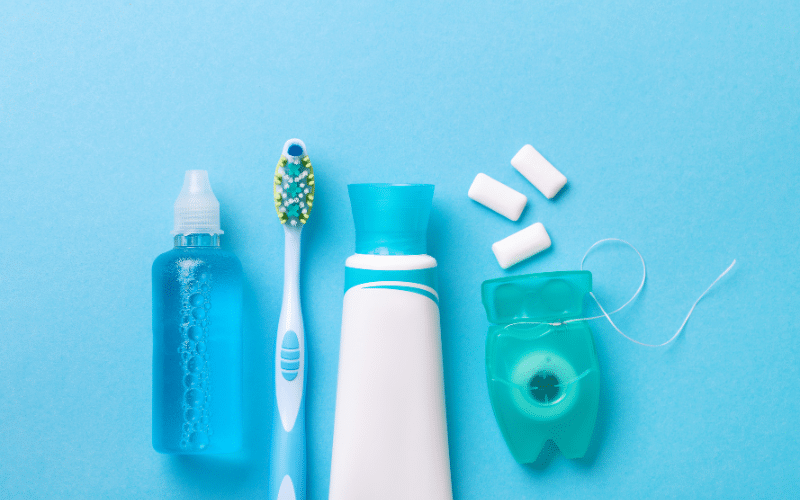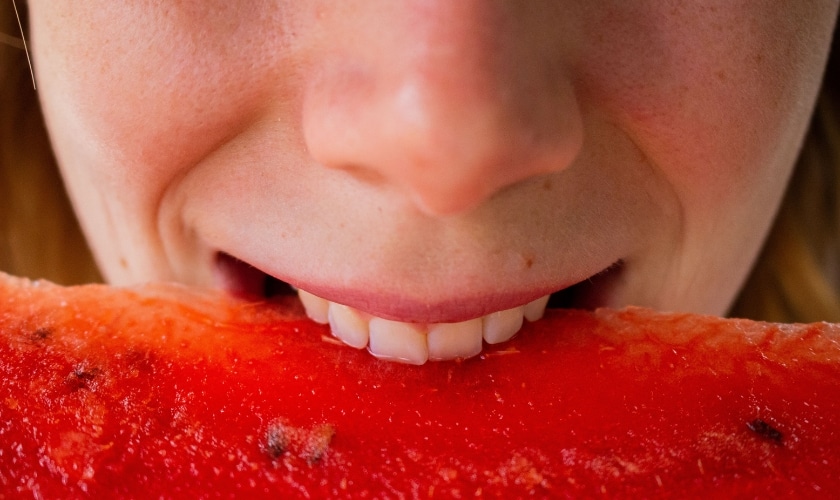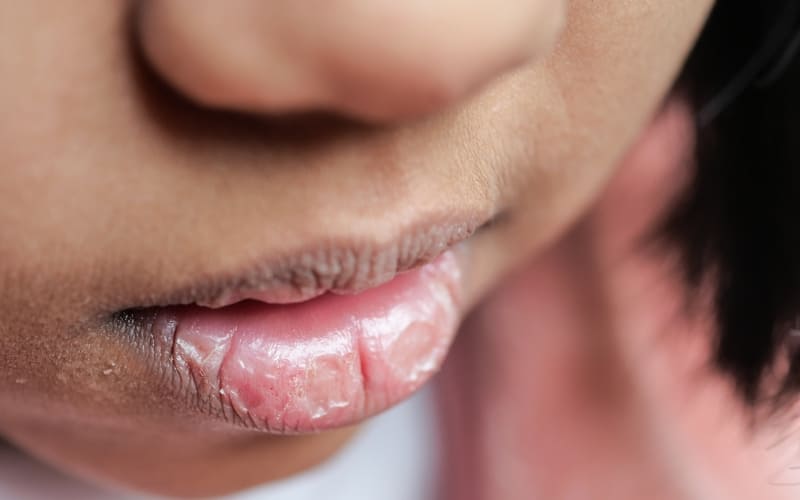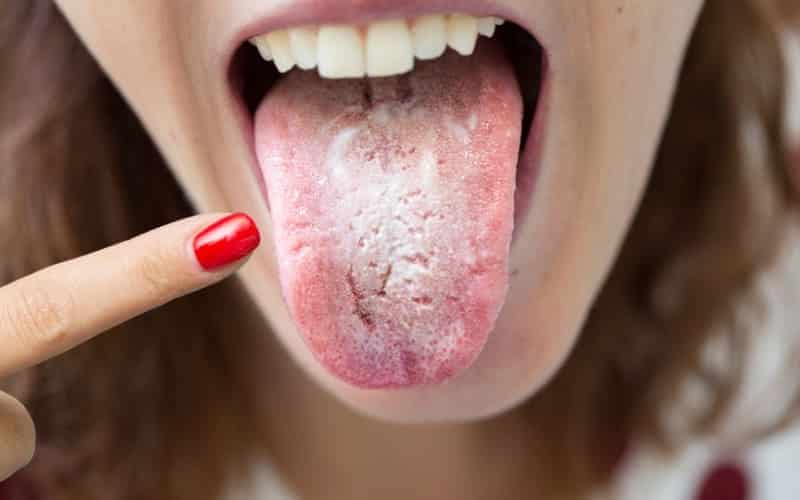This holiday season, why not give the gift that keeps giving—a healthy smile? Dental health is an overlooked aspect of well-being, yet it plays a vital role in overall health and happiness. With Christmas fast approaching, why not surprise your loved ones with something that will last a lifetime? Dental health is a thoughtful and practical gift that can improve the quality of life in ways beyond a pretty smile.
This blog will explore why dental health is the best gift for Oak Forest residents this Christmas. We’ll also share creative ideas and professional tips to help you make the most of this special gift. Whether it’s a professional dental check-up or a teeth whitening session, a commitment to dental health is a present that will be cherished long after the holidays.
The Importance of Dental Health
Maintaining good dental health is essential for physical, emotional, and social well-being. When we care for our teeth, we’re not just preventing cavities and gum disease but also safeguarding our overall health. Poor oral hygiene has been linked to serious conditions like heart disease, diabetes, and stroke.
Gum disease, for example, can increase the risk of heart-related issues by allowing harmful bacteria to enter the bloodstream. By prioritizing dental health, we reduce the risk of these dangerous diseases, promoting long-term wellness.
Good oral health also boosts confidence. A bright, healthy smile can make a huge difference in presenting ourselves to the world. Whether in a job interview or a family gathering, a clean smile helps us feel more confident and ready to engage socially.
This is especially important when family and friends surround us in the holiday season. When people feel good about their teeth, they tend to smile more, positively impacting their personal relationships.
For Oak Forest residents, the connection between dental health and overall well-being is especially important. With access to quality dental care sometimes limited, taking preventive steps to maintain good oral health can have a lasting impact on the community.
From preventing painful dental issues to enhancing self-esteem, dental health is a gift that touches every part of life. It’s not just about bright smiles—it’s about living a longer, healthier, and happier life.
Creative Ways to Give the Gift of Dental Health
When it comes to giving the gift of dental health, the possibilities are endless. For those who want to go all out, consider giving a professional dental cleaning or check-up. This thoughtful gift will help ensure your loved ones are on track with their dental health, potentially preventing future problems. Many local Oak Forest dentists offer gift certificates for services, which can greatly contribute to someone’s oral care.
Another exciting option is teeth whitening or cosmetic dental procedures. A whiter smile can instantly boost confidence, and with advances in cosmetic dentistry, many affordable treatments are available. Gifting a whitening session or consulting with a dentist Oak Forest can be a game-changer for someone’s self-esteem.
If you want something practical, consider creating a custom dental care kit. Include essential items like a high-quality toothbrush, toothpaste, floss, and mouthwash. You can even add special treats like electric toothbrushes or tooth care products designed for sensitive teeth. These items show your thoughtfulness and encourage good habits in a fun, easy way.
For those who want to give a gift that keeps on giving, consider a subscription to a dental health service. Some companies offer subscription boxes with dental products delivered monthly. This is a convenient way for recipients to maintain oral hygiene all year.
If you want something more affordable, premium toothbrushes or toothpaste make for excellent gifts. These items can make a noticeable difference in oral health and show that you care about your loved one’s well-being. Remember, the best gifts don’t have to be expensive—they just have to come from the heart.
Professional Tips for Maintaining Dental Health During the Holidays
The holiday season is full of delicious food and treats, but it’s important to remember that what we eat can affect our dental health. Sugary snacks and drinks, especially those that stick to teeth, can lead to cavities and other dental issues.
To protect your teeth, limit sugary treats and brush and floss regularly after meals. Consider offering healthier alternatives to traditional holiday snacks, such as fruits and nuts, which are better for your teeth and help with overall health.
Regular dental check-ups are also crucial, especially as the year ends. If you haven’t already, visit your local Oak Forest dentist for a year-end check-up. This is an excellent time to assess your oral health, address any lingering issues, and set a oral health plan for the new year. Starting the year with a clean bill of dental health can save you from future dental problems.
Brushing and flossing habits are more important than ever during the holidays. With all the hustle and bustle, it’s easy to let oral hygiene slip. But sticking to a routine will help keep your teeth healthy and strong. Encourage your family and friends to maintain brushing routines, even during busy holidays.
This simple step goes a long way in preventing cavities, gum disease, and other dental issues. Dental health is a year-round commitment, not just a holiday concern.
This Christmas, give a gift that goes beyond the ordinary—a healthy smile. Dental health is more than just about teeth; it’s about overall wellness, confidence, and longevity.
Whether it’s a professional check-up, a dental care kit, or a subscription to dental services, there are many thoughtful ways to support your loved one’s dental health. By gifting dental health, you’re not just offering a holiday present; you’re giving a lasting gift that will enhance their lives for years.
So, take action this Christmas—schedule a dentist appointment, pick up a thoughtful dental gift, or donate to a local dental charity in Oak Forest. Whatever you choose, remember that dental health is a gift that keeps giving.
